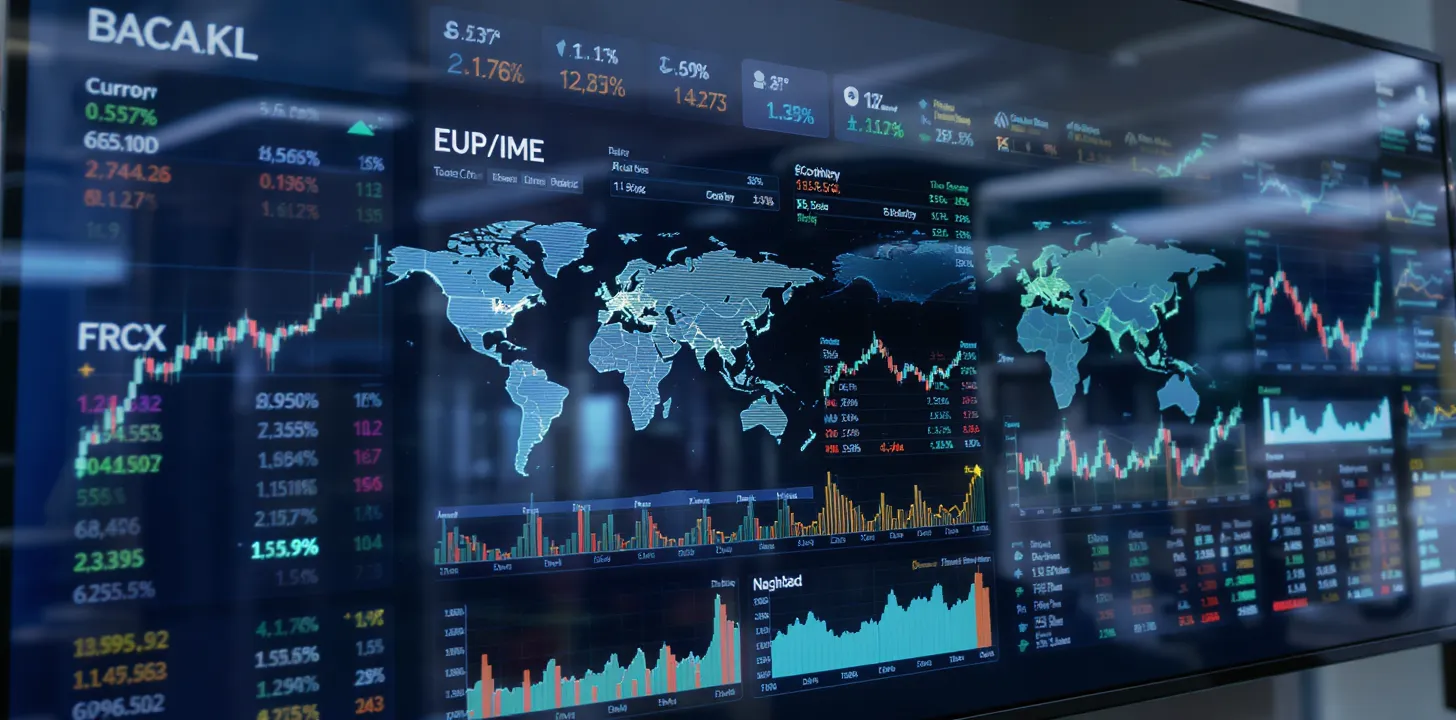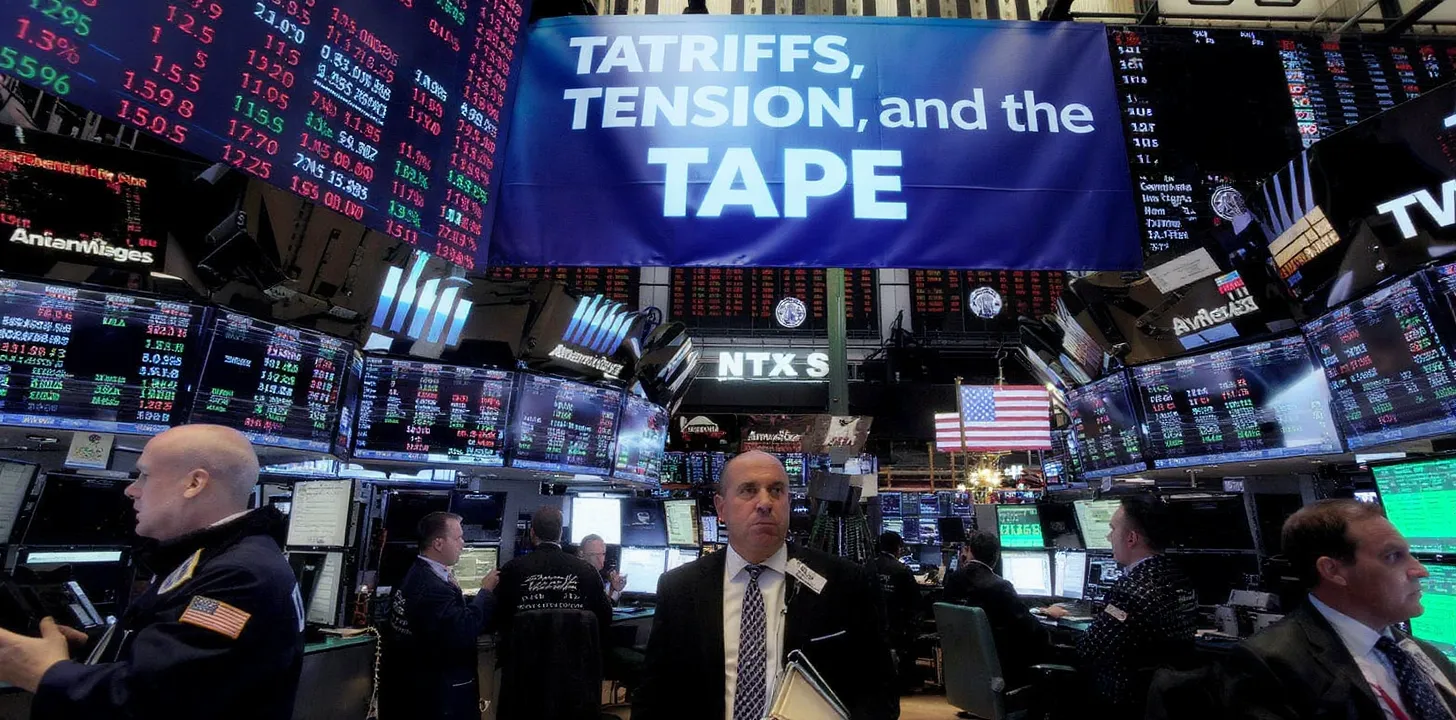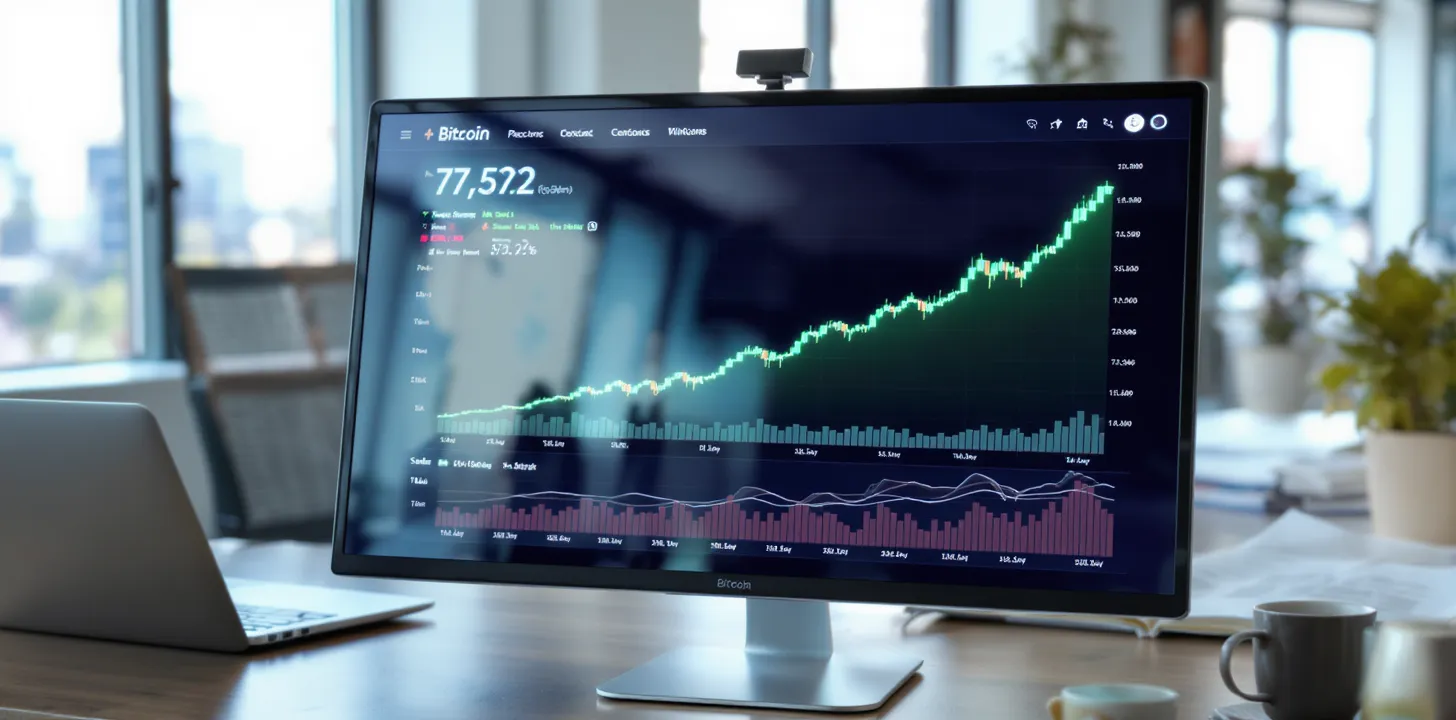Executive Framing
Oracle’s reported multi-year agreement to supply OpenAI with roughly $300 billion of cloud compute starting later this decade is more than a big number—it’s a regime shift in how capital markets price the scarcity of AI compute and the infrastructure that underpins it. The announcement hit in early September and helped trigger one of the sharpest single-day re-ratings of a mega-cap in decades, with Oracle shares surging ~36–43% and pushing U.S. indices to fresh records, as investors internalized a step-change in Oracle’s AI demand visibility.
What Was Announced (and What’s Still “Reported”)
Multiple outlets report that OpenAI and Oracle have inked an unprecedented five-year compute deal (beginning around 2027) with an order-of-magnitude cost of $300B. Coverage also ties the pact to multi-gigawatt datacenter buildouts (think power on the scale of several nuclear plants) and positions Oracle’s OCI as a critical overflow and specialization layer alongside Azure, consistent with Oracle’s 2024 disclosure that OpenAI could extend Azure workloads into OCI. Some details remain unconfirmed by the principals and are framed as “reportedly,” but the directional signal is clear: OpenAI will diversify and massively scale its compute base, and Oracle will be central to that plan.
Why Markets Repriced Oracle This Violently
1) Duration of demand: Five-year, contracted AI compute implies backlog/RCF (remaining contract value) that investors can model into FY27+ revenue bridges. That directly attacks the classic bear case that OCI is a “distant third” hyperscaler with thin visibility. Reuters and others documented Oracle’s record one-day pop (largest since 1992), explicitly tied to multi-billion AI contracts, with indices closing at new highs the same day.
2) Structural scarcity: The AI stack is power-, land-, transformer-, and GPU-constrained. Securing a named anchor tenant at national-infrastructure scale validates Oracle’s procurement flywheel (power, sites, grid interconnects, supply chain). This is strategically orthogonal to “just lower price per GPU-hour.”
3) Cloud adjacency to Azure: The 2024 tri-party announcement (Microsoft–OpenAI–Oracle) taught the market that cross-cloud is not heresy; it’s capacity arbitrage at planet scale. That framing lowered perceived platform risk around OpenAI adopting OCI at scale.
Investment Thesis on ORCL
Base case: Oracle’s AI backlog converts into multi-year revenue ramps as power and capacity come online, compressing the “OCI discount” and supporting a higher structural multiple for the infrastructure segment. The day-one repricing is rational if you assume (a) staged capex actually materializes, (b) Oracle sustains a defensible margin stack via power procurement and network design, and (c) the deal’s step-ups/renewals price in line with GPU-class improvements.
Bull case: If Oracle layers additional hyperscale AI customers (reports already flag parallel mega-deals) and if OpenAI’s consumption grows faster than anticipated, the OCI growth curve could steepen, shifting Oracle’s narrative from “applications vendor with a cloud arm” to “AI infrastructure sovereign.” That’s the path implicit in the record-day move and subsequent commentary.
Bear case: Execution risk is non-trivial. A number this large is power-grid, supply-chain, and permitting-limited; slippage would push revenue recognition to the right. Competitive intensity with Azure/AWS/Google remains extreme, and critics argue the deal’s sheer size concentrates risk in a single anchor tenant. Some analysts have publicly questioned sustainability if AI unit economics normalize faster than expected.
Stock-Price Dynamics and Market Microstructure
Oracle’s re-rating coincided with index level all-time highs, driven in part by the AI complex (NVDA et al.) and the narrative that capex super-cycles will persist. The Oracle print reinforced “compute is the bottleneck,” pulling forward expectations for earnings power in 2027–2030. Inflows to tech-heavy indices accelerated as the forward P/E for tech widened versus history, a classic sign of multiple expansion on structural growth.
Global Macro and Cross-Asset Spillovers
Power & commodities: Multi-GW datacenters have real-asset footprints (land, transmission, substations) and pull on grids, transformers, and generation. Expect power-market tightness in certain U.S. nodes, higher long-lead equipment backlogs, and pricing support for grid-enabling capex.
Semis & hardware: The pact indirectly underwrites GPU demand at scale. In parallel, Nvidia announced plans to invest up to $100B in OpenAI, building out 10+ GW of AI capacity—an echo that further validates the super-cycle. This dynamic supports semis, OSAT, foundry, opticals, and high-end power/thermal ecosystems.
FX & rates: Persistent AI capex can lengthen the cycle, supporting growth-sensitive assets and pushing back on deep rate-cut paths if capacity buildouts spill into inflationary components (wage, equipment, power). Equity leadership broadens to AI infrastructure beneficiaries globally.
How AI Is Shaping the Market Environment—Beyond Hype
- Compute as a commodity with moats: We’ve entered a phase where site control, power contracts, cooling IP, and interconnectivity are moats as defensible as software network effects. Oracle is being priced as a beneficiary of that scarcity curve.
- Cross-cloud as risk management: The OpenAI–Azure–OCI triangle normalizes multi-cloud at hyperscale, with resiliency and bargaining power as first-class design goals.
- Capital deepening: AI capex behaves like industrial policy by private sector, with second-order impacts on labor markets, municipal finance (tax bases), and regional development.
Bottom Line
If even a conservative slice of the $300B commitment converts to recognized revenue on schedule, Oracle’s AI narrative is durably different: less “catch-up cloud,” more indispensable infrastructure. The rerating embeds execution risk, but the macro—power, semis, and indices—now trades with a sturdier AI capex spine than before the announcement.



